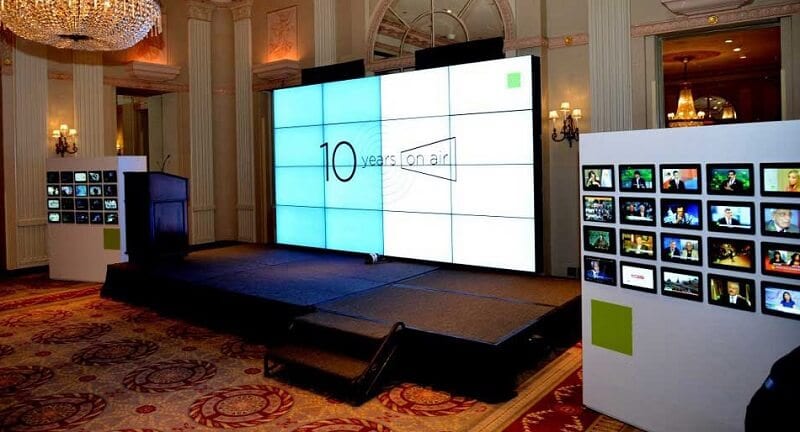Clarifying Light Emitting Diode Display Screen Illumination Measurements to Peak Visual Functionality
Clarifying Light Emitting Diode Display Screen Illumination Measurements to Peak Visual Functionality
Blog Article
LED panel screens have become more and more favored across various settings, from homes to businesses and public areas. Such screens tend to be recognized for the vivid as well as dynamic visuals, that render these ideal to conveying information, ads, and engagement. However, comprehending the brightness measurements of LED wall screens is crucial for guaranteeing optimal visual performance. Brightness is quantified in metrics called nits, that show how much luminosity produced by the panel. The higher the quantity of candelas, the more luminous the display is. For instance, example, a panel boasting one thousand candelas stands significantly brighter than a featuring five hundred candelas, making it more suitable for well-lit environments.
As you choosing an LED wall panel, one becomes important to take into account which setting in which it will be placed. For well-lit illumined spaces, like shopping malls or outdoor settings, a higher brightness rate becomes essential for guaranteeing visibility. Conversely, in darker environments, such as theaters and conference rooms, a lower brightness level may suffice. This is because excessive bright unnecessary luminosity within a dim setting may result in viewer discomfort among the audience, making it harder to focus on a display. Therefore, understanding the specific requirements of the installation location can help in selecting a suitable illumination rate to ensure optimal viewing experience.
A further important factor to consider is contrast contrast ratio of the LED wall panel. The ratio measurement indicates how much disparity exists between the go to this website brightest most luminous white and the dark black that a screen is able to create. An greater contrast proportion indicates the display can it is capable of present greater clarity as well as depth, which enhances overall image clarity. For instance, one screen boasting an differential proportion at 10,000:1 will display images with more vivid colors as well as crisper features than a featuring a ratio of 1,000:1. This is particularly crucial in instances where showing visuals and videos that require high clarity as well as fine details, including slideshows and promotional material.
Moreover, the technology behind LED wall panels has an essential part in their brightness and total efficiency. Various kinds of LED technologies, including Organic Light Emitting Diode as well as LCD, possess distinct characteristics that affect how brightness is experienced. Organic Light Emitting Diode screens typically offer better differential as well as deeper shades, thereby can enhance the visual experience within darker environments. On the other hand, standard Light Emitting Diode screens may be better for bright environments due to the capacity to produce greater amounts of brightness. Understanding such tech-related variances can guide users to deciding on informed choices according to specific specific requirements.
In conclusion, consistent maintenance and adjustment for Light Emitting Diode wall panels may help maintain ideal illumination and performance long-term. Dirt and particles may build up in the surface, impacting its brightness as well as sharpness of the more helpful info visual. Regular cleaning as well as professional calibration may ensure that panel screen operates in top best, providing uniform visual clarity. Additionally, some sophisticated Light Emitting Diode wall panels feature with built-in options that allow operators to modify brightness settings as well as color adjustments based on their wants. By taking such steps, users will ensure that LED LED panel screens deliver an best display efficiency, regardless of the setting in that these are used.